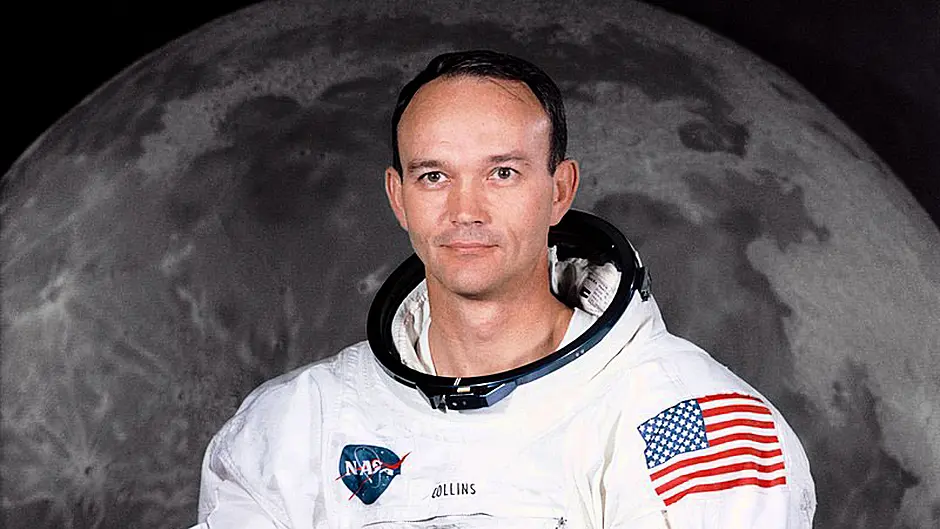A DISTINGUISHED American astronaut with strong family ties to Dunmanway died on April 28th last, aged 90.
Colonel Michael Collins who flew the Apollo 11 command module Columbia around the Moon in 1969 – while his crewmates Neil Armstrong and Buzz Aldrin made the first landing on the surface – was the grandson of Jeremiah Bernard Collins, of Inchindreen, Dunmanway.
Jeremiah’s parents, his two brothers, and his two sisters, emigrated to the US at the start of the Civil War in 1862, and eventually settled in Cincinnati, Ohio.
Michael was actually born in Italy on October 31st 1930, and served as a fighter pilot and experimental test pilot at Edwards Air Force Base in California from 1958 to 1963, and was also a major general in the US Air Force Reserves.
Michael was not the only family member to distinguish himself.
His elder brother, James Lawton Collins Jr, is a retired Brigadier General, whilst his uncle was General Joseph Lawton Collins, famous for the role he played in the recapture of Cherbourg soon after the Allied landings on D-Day, and subsequently became the chief of staff of the US Army.
Michael was married to Patricia Finnegan of Boston and they had three children. Tommy Collins of Dunmanway Community Council recalled Michael’s visits to Dunmanway.
‘He was always fascinated with the birthplace of his ancestors, and was very proud of his Irish heritage,’ he said.
Michael made his mark locally, and although he never actually set foot on the lunar landscape, a tiny impact crater in the Sea of Tranquillity – about 15 miles from the Apollo 11 landing site – was named in his honour.
‘He was always a reserved soft-spoken man – a pioneer in space exploration and an inspiration to us all,’ said Tommy. ‘He truly served his country well and the world owes him and his colleagues a huge debt of gratitude.’








